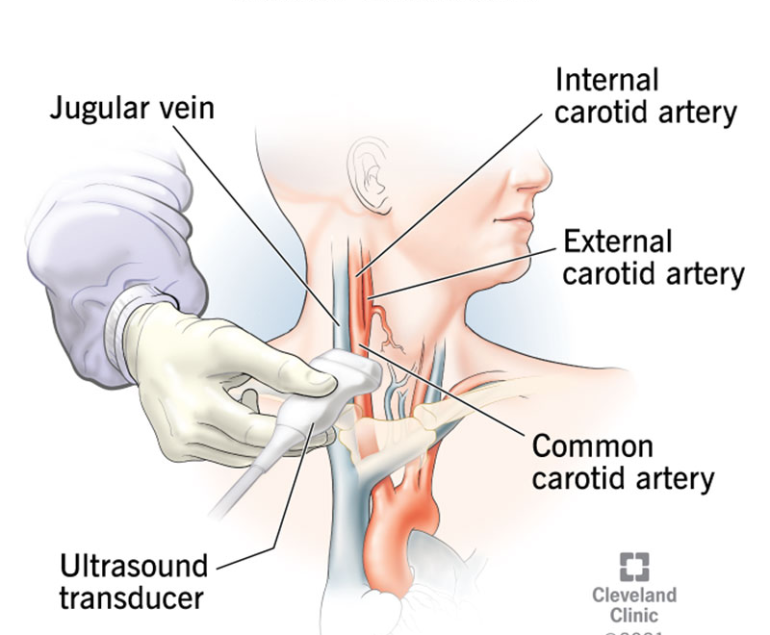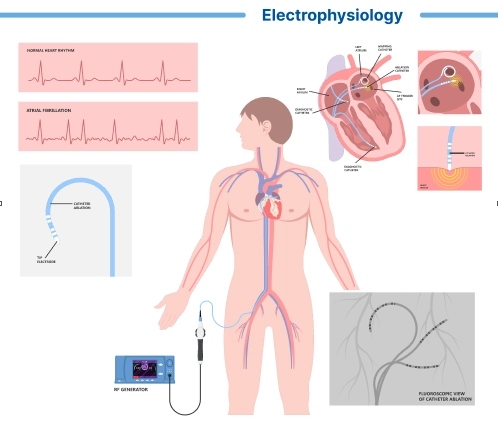

An exercise stress echocardiogram, also known as a stress echo or exercise echocardiogram, combines exercise stress testing with echocardiography (ultrasound imaging of the heart) to assess the heart’s structure, function, and blood flow during physical activity. It is a valuable diagnostic tool used to evaluate coronary artery disease (CAD), assess heart function, and diagnose or evaluate various heart conditions.
Procedure
During an exercise stress echo, the patient walks or runs on a treadmill while their heart rate, blood pressure, symptoms, and electrocardiogram (ECG) are monitored. As the patient exercises, a trained technician performs echocardiography to obtain images of the heart’s chambers, valves, and blood flow. Images are obtained at rest and at regular intervals during and after exercise to assess changes in heart function and blood flow in response to physical activity. Uses of Exercise Stress Echo Exercise stress echocardiography is used for various diagnostic and prognostic purposes, including:- Diagnosing CAD: Exercise stress echo can detect abnormalities in heart function or blood flow that may indicate reduced blood supply to the heart muscle due to narrowed or blocked coronary arteries.
- Assessing Heart Function: Exercise stress echo provides valuable information about heart function, including changes in wall motion, ejection fraction, and valve function during exercise.
- Evaluating Symptoms: Exercise stress echo helps evaluate symptoms such as chest pain, shortness of breath, or palpitations and determine whether they are related to heart disease or other causes.
- Risk Stratification: Exercise stress echo helps identify individuals at increased risk of adverse cardiovascular events, such as heart attack or sudden cardiac death, based on their exercise capacity and echocardiographic response.
- Assessing Treatment Response: Exercise stress echo may be used to assess the effectiveness of treatments for CAD or other cardiovascular conditions, such as medication therapy or cardiac rehabilitation.
Advantages of Exercise Stress Echo
Exercise stress echo offers several advantages over other stress testing modalities, including:- Simultaneous Assessment of Function and Blood Flow: Exercise stress echo provides real-time assessment of both heart function and blood flow during physical activity, allowing for comprehensive evaluation of the heart’s response to stress.
- No Radiation Exposure: Unlike nuclear stress testing, exercise stress echo does not involve exposure to radiation, making it a safer option, particularly for younger patients or individuals who may be sensitive to radiation.
- High Sensitivity and Specificity: Exercise stress echo has high sensitivity and specificity for detecting CAD and can provide accurate diagnostic information when performed and interpreted correctly.



